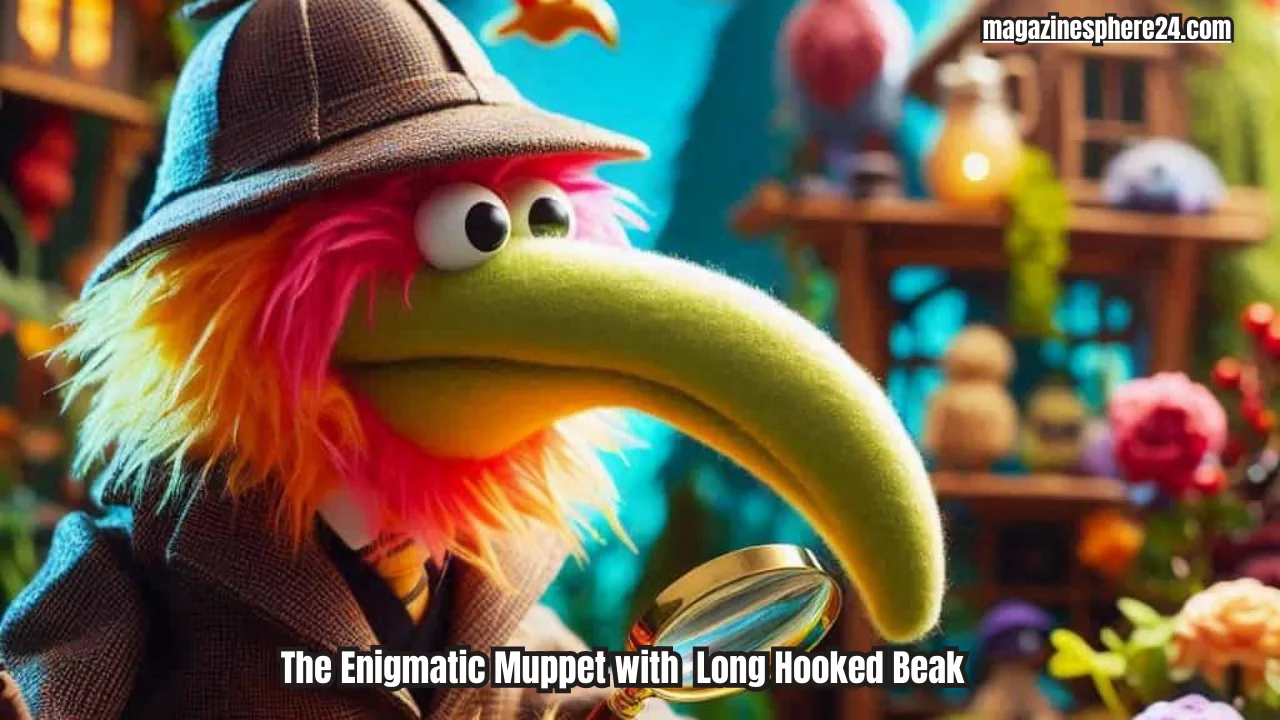Introduction
The shoebill stork, with its towering presence and distinctive bill, is one of the most fascinating birds in the avian world. Native to the swamps and wetlands of Central Africa, this enigmatic bird has captivated birdwatchers and ornithologists alike with its unique vocalizations. Understanding the shoebill stork’s sound not only provides insight into its behavior but also highlights the importance of conserving its natural habitat. This article delves into the specifics of the shoebill stork’s calls, their significance, and how they can be recorded and analyzed for further study.
The Unique Call of the Shoebill Stork
Overview of the Shoebill Stork
The shoebill stork (Balaeniceps rex) is easily recognizable by its enormous, shoe-shaped bill and strikingly large size. Standing at an impressive height of 4 to 5 feet, with a wingspan of up to 8 feet, the shoebill is an imposing figure in its swampy habitat. Its plumage is a muted grey, which provides effective camouflage among the dense vegetation of its environment.
In terms of behavior, the shoebill is primarily solitary, often found alone or in pairs. Its diet consists mainly of fish, but it also preys on amphibians and small reptiles. This diet necessitates a powerful bill capable of crushing bones and catching slippery prey. Despite its somewhat intimidating appearance, the shoebill stork is a fascinating subject of study due to its unique vocalizations, which are a crucial part of its communication strategy.
Characteristics of the Shoebill Stork’s Sound
The shoebill stork’s call is a distinctive and often surprising sound to those unfamiliar with it. The bird produces a deep, resonant sound that has been likened to the sound of a machine or a mechanical drum. This vocalization is not just a single note but a series of sounds that can include a “clapping” noise, often described as a “bill-clapping” sound, where the stork rapidly snaps its bill shut.
This sound serves various purposes, including communication with potential mates and establishing territory. The stork’s calls can be heard from a considerable distance, making them effective for signaling across the swampy wetlands where visibility is limited. The mechanical nature of the call is due to the shoebill’s unique vocal apparatus, which includes a resonating chamber in its throat that amplifies the sound.
The Purpose and Significance of the Shoebill Stork’s Calls
Communication Among Shoebill Storks
Shoebill storks use their calls as a primary means of communication, particularly in the context of mating and territorial disputes. During the breeding season, males engage in elaborate vocal displays to attract females and establish dominance over other males. These calls can vary in intensity and duration, with some being more complex than others. The rhythmic clapping sound is often a crucial part of these displays, signaling the bird’s presence and readiness to mate.
In addition to mating calls, shoebill storks also use vocalizations to communicate with each other in their social structure. For instance, parents use specific calls to communicate with their chicks, ensuring their safety and coordinating their movements. The variety of sounds produced helps maintain social bonds and coordinate activities within the pair.
The Role of Sound in Shoebill Stork Behavior
The sounds made by shoebill storks play a significant role in their daily behavior and interactions. For instance, the distinctive bill-clapping sound is often used to signal alarm or aggression. When a shoebill feels threatened or is confronted by a rival, it will produce this sound to ward off potential threats. This vocalization is an important part of its defense mechanism, helping to establish and maintain its territory.
Moreover, the shoebill stork’s call is integral to its mating rituals. During courtship, the male performs a series of vocalizations to demonstrate its fitness to potential mates. This display is not only a testament to the male’s health but also a way to synchronize breeding activities between the pair. The success of these vocal displays can significantly impact the bird’s reproductive success.
How to Record and Analyze Shoebill Stork Sounds
Equipment and Techniques for Recording
Recording shoebill stork sounds requires specialized equipment to capture the clarity and nuances of their calls. High-quality audio recorders with directional microphones are essential for capturing the distant and sometimes faint sounds of the shoebill. A parabolic microphone can also be used to focus on specific areas and reduce background noise.
When setting up equipment, it’s crucial to position the recorder in a location where shoebill storks are known to vocalize frequently. This often means placing the recorder near their feeding grounds or nesting sites. It’s also important to minimize human interference and environmental noise to ensure clear and accurate recordings.
Analyzing Shoebill Stork Sounds
Once recorded, analyzing shoebill stork sounds involves examining the audio for patterns and characteristics. Software tools like Audacity or Raven can be used to visualize and analyze sound waves. Researchers look for specific patterns in the frequency and amplitude of the calls to identify different types of vocalizations and their associated behaviors.
Analyzing these sounds can reveal a great deal about the shoebill stork’s communication strategies and social interactions. By studying the variations in their calls, researchers can gain insights into their mating rituals, territorial behaviors, and responses to environmental changes. This analysis is vital for understanding the broader implications of their vocalizations and how they fit into the bird’s overall behavioral ecology.
Conservation and the Shoebill Stork’s Sound
The Impact of Habitat Loss on Shoebill Stork Sounds
Habitat loss is a significant threat to the shoebill stork, and it has direct implications for their vocalizations. As wetlands and swampy areas are drained or degraded, the shoebill’s ability to communicate effectively is compromised. Reduced habitat can lead to increased noise pollution, which interferes with their calls and affects their ability to establish territory and attract mates.
Conservation efforts are crucial to preserving the shoebill stork’s natural habitat. Protecting wetlands and ensuring sustainable land management practices can help mitigate the effects of habitat loss. Additionally, creating protected areas where shoebills can thrive without human disturbance is essential for maintaining their vocal communication and overall well-being.
The Future of Shoebill Stork Vocalizations
Looking ahead, the future of shoebill stork vocalizations depends largely on ongoing conservation efforts and environmental stewardship. As researchers continue to study the impact of habitat changes on shoebill sounds, it is vital to implement strategies that address these challenges. Conservation organizations and local communities play a key role in safeguarding the shoebill’s habitat and ensuring that their unique vocalizations continue to be a part of the natural world.
The preservation of the shoebill stork’s calls not only helps protect this remarkable species but also contributes to our understanding of avian communication and behavior. Ongoing research and conservation initiatives are essential for ensuring that the shoebill stork remains a thriving part of our natural heritage.
Conclusion
The shoebill stork’s sound is a vital aspect of its behavior and communication. From its unique bill-clapping calls to its role in mating and territory establishment, the shoebill stork’s vocalizations offer fascinating insights into this remarkable bird’s life. Understanding and preserving these sounds is crucial for conservation efforts and the overall well-being of the shoebill stork.



